
BY PATRICIA NEWMAN
Most of my nonfiction books are illustrated with photos of real people doing real work in real places around the world. In Planet Ocean: Why We All Need a Healthy Ocean, Annie Crawley’s images capture moments in our ocean’s story. They elicit a spectrum of emotions, insights, and experiences, and are therefore powerful tools.
In Planet Ocean, the text and photos help readers view the ocean from an underwater perspective. We often look at the pounding surf and a beautiful Pacific sunset and feel connected to the sea. In reality, the core of our connection to the sea lies underwater in the plant and animal life that live beneath the waves. So Annie and I made sure we saved room for big, beautiful photos to share this unique perspective with readers.
What are the photos telling us?
The following activity comes from our curriculum guide for the book* and will help your students “read” the photographs in Planet Ocean to understand their meanings and messages.
You will need:
- A copy of Planet Ocean
- 4 different color markers
- Smart board for in-person instruction or a virtual whiteboard (like Jamboard) for virtual instruction
Project your chosen photo on your smart board/virtual whiteboard. (For the purposes of this example, I will use what Annie and I call “the creepy baby photo” on page 17 of Planet Ocean.)
Describe — Look at the facts/what do you see?
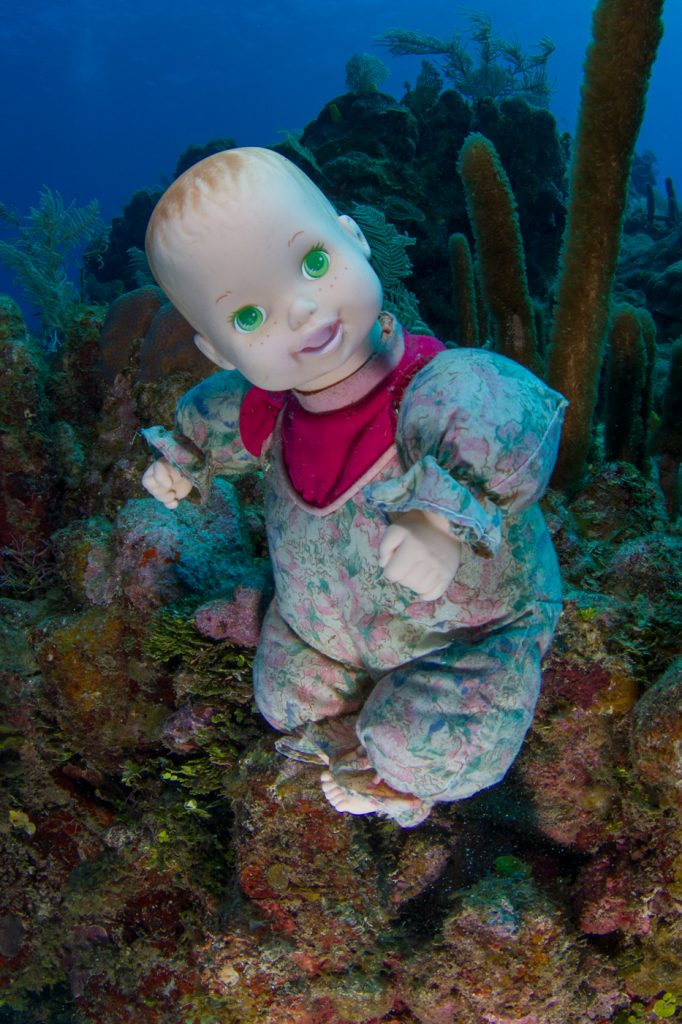
Select one of the colored markers. Then ask students to write directly on the smart board (in Jamboard, students will use the same color sticky notes). Student notes should be confined to the facts of the photo. Use the following prompts to get them started.
- colors (e.g. blue water)
- time of day
- the people (e.g. floating doll)
- the landscape
- shapes and textures (e.g. bumpy coral)
- text
Analyze — Ask questions, begin an inquiry
Using a different color marker, ask students to add to their descriptions above. In this step students begin to ask questions about the photo. You can prompt them will these sample questions:
- What draws your eye immediately?
- What is going on in the foreground, background, middle ground?
- Are there any recognizable buildings or landmarks?
- What is the overall mood or feeling?
- Photographer choices: Why this angle? What’s left out?
- 5 W’s and an H (Who? What? Where? When? Why? How?)
Interpret— Use the descriptions and questions to infer what is happening
In this step, students begin to formulate inferences about the photo. Assgn a third color for these comments.
- Use the information and clues you have from the description and analysis steps to draw conclusions about the photograph. Connect your information together so it makes sense.
- Can you infer what is happening in the photograph?
Evaluate — Title the work by synthesizing what you’ve learned
The last colored marker is reserved for this step. At this point, students begin to make judgements about the photo and its themes/messages.
- What do you think about this work?
- What is the photographer trying to say? What’s the big idea?
- Why did the photographer choose this angle?
- What is left out of the photograph?
- Make a judgment about the value, significance and importance of the photograph.
- What would you title/name the photograph?
Photos + text
Now, ask students to read the first two chapters of Planet Ocean — “The Maps Are Wrong” and “The Coral Triangle.” Ask them the following questions:
- How did the stories and scientific information in these two chapters affect your interpretation and evaluation of the photo?
- What other thoughts would you add to the photo after reading the text?
Featured image credit: Annie Crawley #PlanetOceanBook
*Photo activity adapted from from Noa Daniel, Building Outside the Blocks. Adapted from McCoy, Laura. “Decoding Photographs.” Collections Canada. Government of Canada, n.d. Web. 15 Aug. 2013.
Patricia Newman’s books show young readers how their actions can ripple around the world. Using social and environmental injustice as inspiration, she empowers young readers to seek connections to the real world and to use their imaginations to act on behalf of their communities. A Robert F. Sibert Honor recipient, Patricia’s books have received starred reviews, ALA Notable recognition, Green Earth Book Awards, an Outstanding Science Trade Book Award, a Parents’ Choice Award; been honored as Junior Library Guild selections; and been included on Bank Street College’s Best Books lists. One Texas librarian recently wrote, “Patricia is one of THE BEST nonfiction authors writing for our students in today’s market, and one of our MUST HAVE AUTHORS for every collection.”
Patricia frequently speaks at schools and conferences to share how children of any age can affect change. Educators describe her presentations as “phenomenal,” “fantastic,” “mesmerizing,” “passionate,” and “inspirational.”
Connect with Patricia in one of the following ways:


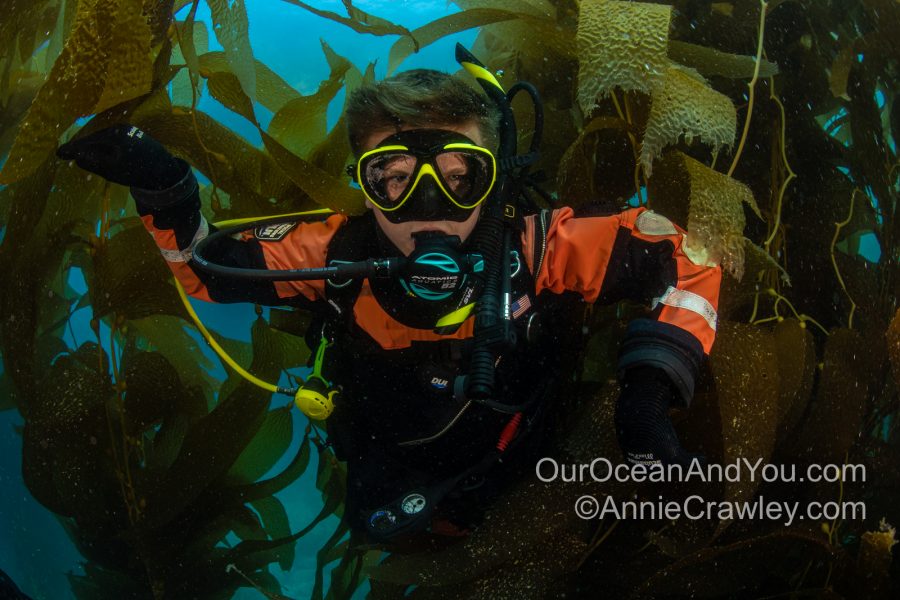
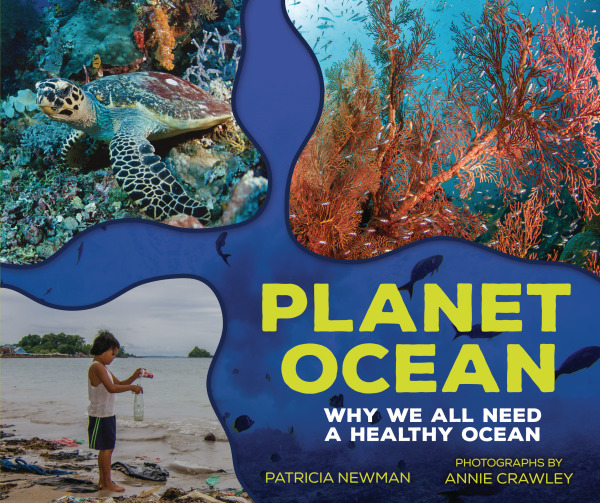
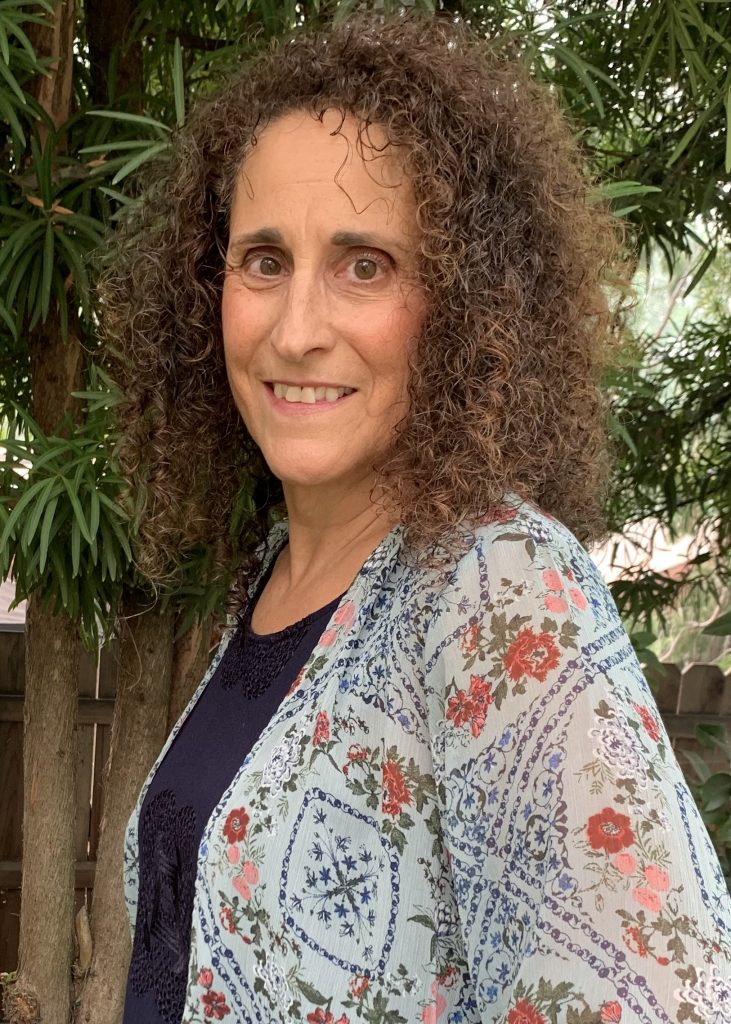

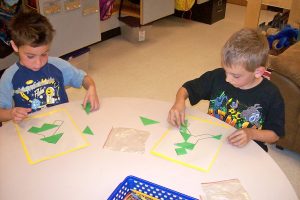
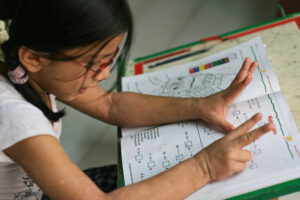


Leave a Reply
Your email is safe with me.